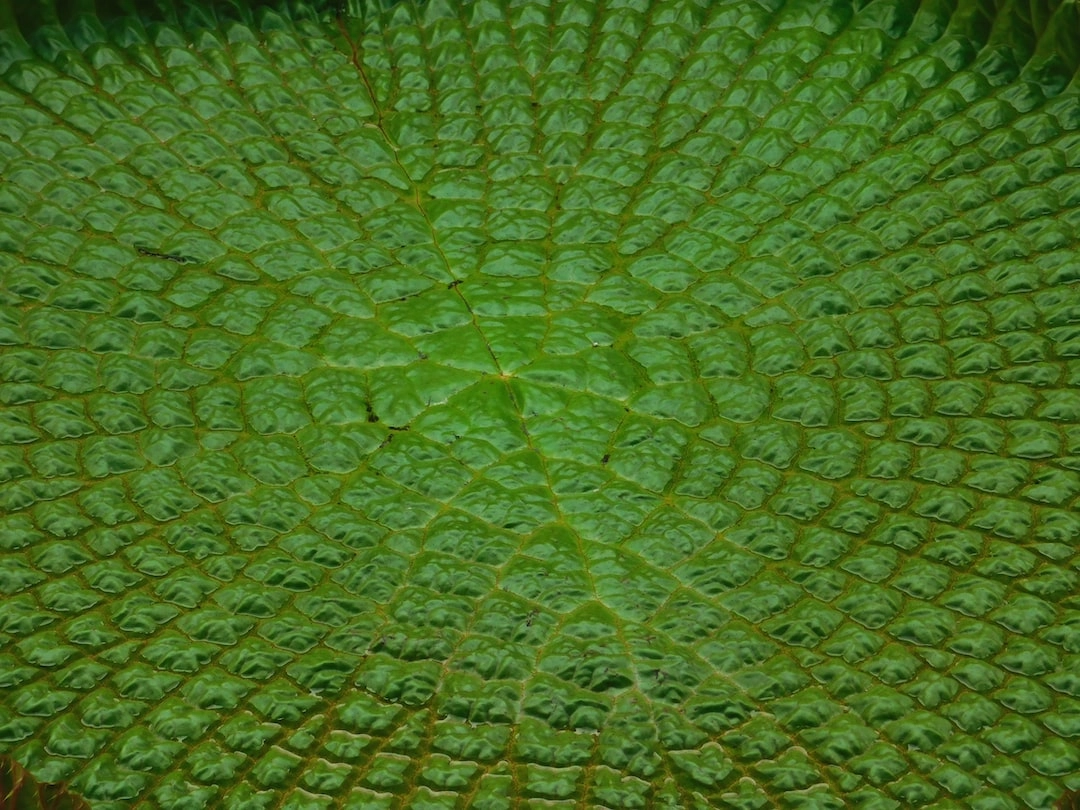
What is Aquaponics?
Aquaponics is an innovative and sustainable agricultural practice that combines aquaculture (raising aquatic animals) with hydroponics (cultivating plants in water) in a symbiotic system. In this closed-loop system, fish waste provides nutrients for the plants, while the plants filter the water for the fish. This integrated approach offers several benefits, including efficient resource utilization, minimal water consumption, and reduced chemical inputs.
Real-World Problems in Aquaponics
1. Maintaining Water Quality
One of the key challenges in aquaponics is maintaining optimal water quality for both the fish and plants. Poor water quality can lead to the buildup of harmful substances such as ammonia and nitrites, which can be detrimental to the fish. It requires careful monitoring and management to ensure the right balance of nutrients, pH levels, and oxygen levels to support healthy growth in both the aquatic animals and plants.
2. Disease Control
Aquaponic systems can be susceptible to the spread of diseases and infections, which can threaten the health of the fish and damage crop yields. As the system operates in a closed environment, it is important to implement proactive measures to prevent diseases from entering and spreading within the system. This may involve regular monitoring, quarantine protocols, and maintaining proper hygiene practices.
3. Energy Consumption
While aquaponics is generally considered a sustainable practice, energy consumption can be a concern, especially in larger and more complex systems. Factors such as heating, lighting, and water circulation can contribute to increased energy usage. Implementing energy-efficient technologies and optimizing system design can help minimize the environmental impact and reduce operational costs.
4. Market Demand and Economic Viability
Aquaponics, like any other agricultural practice, faces challenges related to market demand and economic viability. The success of an aquaponics venture depends on factors such as market demand for the produce, competition, pricing strategies, and access to distribution channels. Addressing these factors is crucial for the long-term sustainability and profitability of aquaponics operations.
5. Scaling Up and Standardization
As aquaponics gains popularity, there is a need for standardization and scaling up practices to ensure consistent and reliable production. Developing guidelines, best practices, and industry standards can facilitate the growth of the sector and enhance its credibility. Collaboration between researchers, practitioners, and policymakers is important to establish a robust framework that supports the expansion of aquaponics while maintaining environmental integrity.

Solutions for Green Practices in Aquaponics
1. Water Quality Management
To maintain optimal water quality in aquaponic systems, regular monitoring is essential. This includes testing water parameters such as pH, ammonia, and nitrite levels. Implementing biofiltration techniques, such as using beneficial bacteria to convert toxic compounds into less harmful forms, can help maintain water quality. Additionally, integrating mechanical filtration methods such as swirl filters or media beds can assist in removing solid waste and debris from the system.
2. Disease Prevention and Control
Practicing strict biosecurity measures is crucial in preventing the spread of diseases in aquaponics. This involves implementing quarantine protocols for new fish and plants, regularly inspecting and maintaining system equipment, and maintaining strict hygiene practices. Adequate spacing between plants and maintaining proper water flow can also minimize disease outbreaks. Additionally, maintaining a diverse and balanced system can naturally support disease resistance within the ecosystem.
3. Energy Efficiency and Renewable Energy
To reduce energy consumption in aquaponics, optimizing system design, and incorporating energy-efficient technologies can be beneficial. This includes using LED lighting for plant growth, utilizing solar panels for energy generation, and employing efficient pumps and aeration systems. Integrating renewable energy sources into the system can help lower operating costs and decrease the overall environmental impact of aquaponic operations.
4. Market Research and Diversification
For aquaponics ventures to be economically viable, conducting thorough market research is essential. This includes identifying target markets, assessing demand, and understanding consumer preferences. Diversifying the produce grown in the system and exploring niche markets can help mitigate risks and create new revenue streams. Building relationships with local restaurants, farmers’ markets, and community-supported agriculture programs can also enhance market opportunities.
5. Collaboration and Knowledge Sharing
To address the scaling and standardization challenges in aquaponics, collaboration between researchers, practitioners, and policymakers is crucial. Sharing knowledge, experience, and best practices within the aquaponic community can help establish industry standards and promote widespread adoption. Collaborative research projects, industry conferences, and networking events provide opportunities for stakeholders to exchange ideas and work together towards the development and growth of sustainable aquaponic systems.















